To inspire curiosity

A group of researchers and lecturers at the University of Gävle have long thought about how to make natural sciences, mathematics and technology more interesting.
The response to the question of how to make natural sciences, mathematics and technology more interesting has materialized into a book. The aim is to encourage development in teaching methods with good examples on how to make these subjects accessible. The book combines research results with philosophical reflections and practical tips from a uniquely broad palette.
The authors are all researchers and lecturers at the University of Gävle united by at burning interest in their subjects and by a strong will to facilitate learning and to inspire curiosity.
- Why do many pupils experience mathematics as difficult?
- How can a teacher make upper secondary school pupils interested in physics?
- And what is the similarity between a two-year-old and an ostrich?
The importance of starting early
The researchers have written different chapters in the book. Some worked together and some wrote alone.
“We have been trying to pin down what the difficulties in learning each subject is, among other things,” says Mikael Björling, senior lecturer in chemistry at the University of Gävle.
“If anyone should like to bring in natural sciences in pre-school activities, what are the possibilities to do that? Because, in our view, natural sciences can be rather hard to grasp and one should start fairly early.”
Useful teaching tips
- Use signals. Put on a lab coat to signal that it is time for chemistry or go outdoors to signal that it is time for biology. The change becomes a signal to start thinking about and “tuning into” chemistry or biology.
- Time to think. Another tip is to give pupils plenty of time to think. Speak slowly and wait for the answer slightly longer than usually. Don’t phrase the question, “What is it that makes the sun shine?,” but say instead, “What do you think makes the sun shine?” This change makes it easier to respond, as we can say what we think rather than worrying about giving the correct answer.
- Learning studies. Arrange learning studies where you work with the teachers at schools. Introduce an experiment focused on a concept of some kind to one group and then set up a control group who is introduced to it in a slightly different way.
“We have two ways of thinking, one way which is fast and one which is slower and more reflective. In our subjects one should use the second one. Fast everyday thinking often misleads us,” Mikael Björling says.
“We chose to do an Open Access version to make the book easily accessible.”
-----------------------------------------------------------------------------------
About the book
Björling, Mikael (Ed.). Ämnesdidaktiska utmaningar inom matematik, naturvetenskap och teknik. Gävle: Gävle University Press (Lärarutbildningens skriftserie 7 etc
The book Ämnesdidaktiska utmaningar inom matematik, naturvetenskap och teknik, a title which could be translated into Challenges in Teaching in Mathematics, Natural Sciences and Technology, aims to inspire development in teaching methods and addresses teachers-in- the-field, teacher educators, researchers as well as everyone interested in teaching methods
For more information, please contact:
Mikael Björling, Associate professor of chemistry at the University of Gävle
Tel: 026-64 84 08
Email: mikael.bjorling@hig.se
Text: Douglas Öhrbom






.png) Print
Print
 Utskriftsversion
Utskriftsversion
